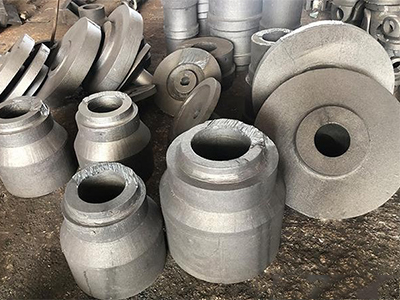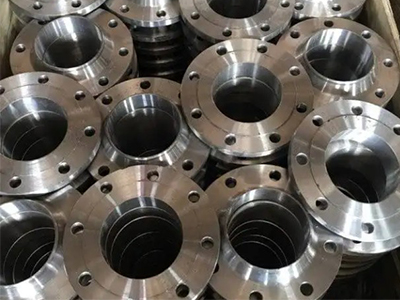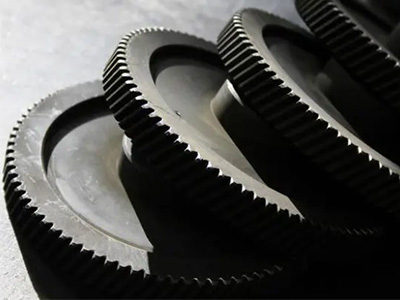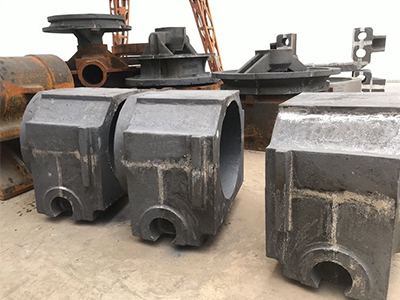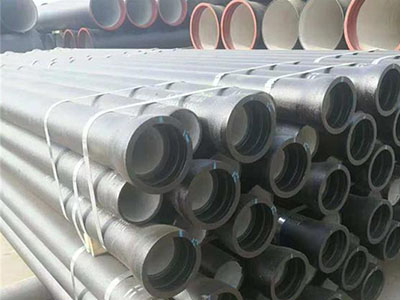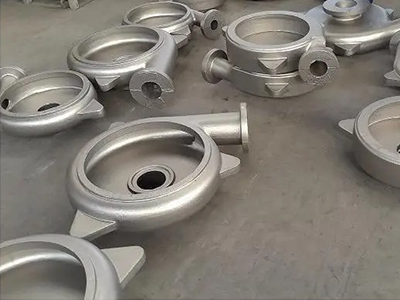- What are the requirements for the selection of rough stainless steel precision casting?
- How to choose suitable cast steel parts
- How to prevent machine tool casting defects
- Common casting methods of Aluminum and Aluminum Alloy
- What is the technological process of stainless steel precision casting?
- Testing method of large Gray Iron Slag Pot Castings
- The mould used in casting and machining gears with large gear rings
- Effectively improve the quality in the process of cast steel production
- The difference between precision castings and general castings
- Advantages and disadvantages of sand casting in steel casting production
- Call : +86 13390692151
- sale@kfqizhongji.com
-
Room 1, No. 21, Chaoying East Road, Zhoushi,
Kunshan City, Jiangsu Province, China
Precision forging process of stainless steel
Stainless steel precision forging process means that when manufacturing stainless steel products, some products have a unique shape and cannot be manufactured by pipe bending and other processes, in order to manufacture this kind of irregular shape (hollow or solid inside), it is accepted to use the wax mold "sand mold" liquid material filling molding process.
Advantages: can be based on different wax mold to make a variety of products.
Disadvantages: the precision of the forming blank is not high, and the surface roughness is large.
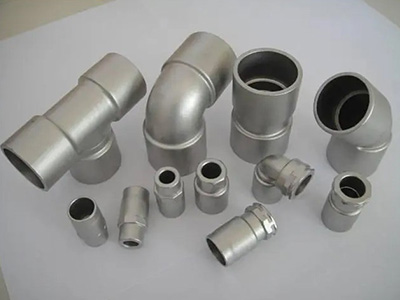
Precision forging process of stainless steel:
1. Make moulds according to products of different shapes. The method of dividing the die into high and low concave dies is realized through the general processes such as turning, planing, milling, etching, electric spark and so on. The shape and size of the pit are the same as the half of the product. As the wax mold is mainly used for industrial wax pressing applications, aluminum alloy materials with low melting point, low hardness, low requirements, low cost and light weight are selected as the mold.
2. Use aluminum alloy mold to produce a large number of industrial wax solid core molds. Under normal circumstances, an industrial wax solid mold can only correspond to one blank product.
3. The margin around the wax mold is refined, and after deburring, a number of simple wax molds are glued to the prepared die (also known as the group tree), which is also an industrial wax solid mold made from the wax mold.
4. several wax molds fixed on the die head are coated with industrial glue and symmetrically sprayed with fine sand (a kind of refractory sand, high temperature resistance, usually using silica sand). The sand particles are very small and very fine, so as to ensure the smooth surface of the final blank.
5. Let the wax mold sprayed with fine sand dry naturally at the set room temperature (or constant temperature), but it can not affect the change of the shape of the wax mold inside. the time of natural air drying depends on the complexity of the product itself. the air-drying time of ordinary precision castings is about 5MW for about 8 hours.
6. after the secondary sand is sprayed and dried naturally, the industrial glue (silicon solution slurry) continues to be applied on the surface of the wax mold, and the sand is sprayed on the surface of the wax mold. the particle size of the layer sand is larger and thicker than that of the previous layer sand. After spraying the layer of sand, the wax mold is also allowed to dry naturally at a set constant temperature.
7. After the secondary sand is blown and dried naturally, the third sandblasting, the fourth sandblasting and the fifth sandblasting are carried out in sequence. Requirements: adjust the sandblasting times according to the product surface requirements, volume size, dead weight and other responses. Under normal circumstances, the number of sandblasting is 3-7 times. The sand grain size of each sandblasting is different, the sand grain of the latter process is thicker than that of the previous process, and the time of air drying is also different. In general, the manufacturing period of sand on a complete wax mold is about 3-4 days.
8. The wax mold that has realized the sandblasting process is evenly coated with a layer of white industrial latex (silicon solution slurry) before the baking process, so as to bond and solidify the sand mold and seal the wax mold, so as to prepare for the later baking process. At the same time, after the baking process, the brittleness of the sand mold can be improved, and it is easy to break the sand layer and take out the blank.
9. Baking process.
The wax mold fixed on the die head and realizing the sandblasting air-drying process is heated in a special metal-sealed oven (usually a kerosene-burning steam furnace). Because the melting point of industrial wax is not high, the temperature is about 150 degrees Celsius, the wax mold is melted to form wax water flowing out along the gate, this process is called wax removal. The dewaxed wax mold is just an empty sand shell. The process of precision forging is to use this empty sand shell. This kind of wax can be used repeatedly, but the wax is filtered again, otherwise the unclean wax will affect the surface quality of the blank, such as sand holes and pockmarks on the surface, as well as the shrinkage of precision casting products.
10. Baking sand shell.
In order to strengthen and stabilize the dewaxed sand shell, bake the sand shell before pouring stainless steel water, usually in a very high temperature (the temperature is about 1000 ℃).
11. Pour the stainless steel water that was once dissolved into liquid at high temperature into the dewaxed sand shell, while the liquid stainless steel water fills the space previously formed by the wax mold until it is completely filled, including one side of the die in the center.
12. Due to the mixing of different materials in the steam pot of dissolved stainless steel, the manufacturer will check the percentage of the material. Then according to the proportion of demand for interpretation, such as adding those elements, to achieve the desired results.
13. After the liquid stainless steel is cooled and solidified by water, the outer sand shell is broken with the help of mechanical objects or manpower, and the solid stainless steel products are exposed to be the original wax mold shape, that is, the final blank. Then one by one will be cut, separated and then rough grinding to become a simple blank.
14. Check the blank: the blank with sand hole and air hole on the surface is repaired by argon arc welding, and the garbage is cleaned and returned to the furnace again.
15. Cleaning blank: the blank that has passed the inspection has gone through the cleaning process.
16. Carry out other processes until the finished product.
